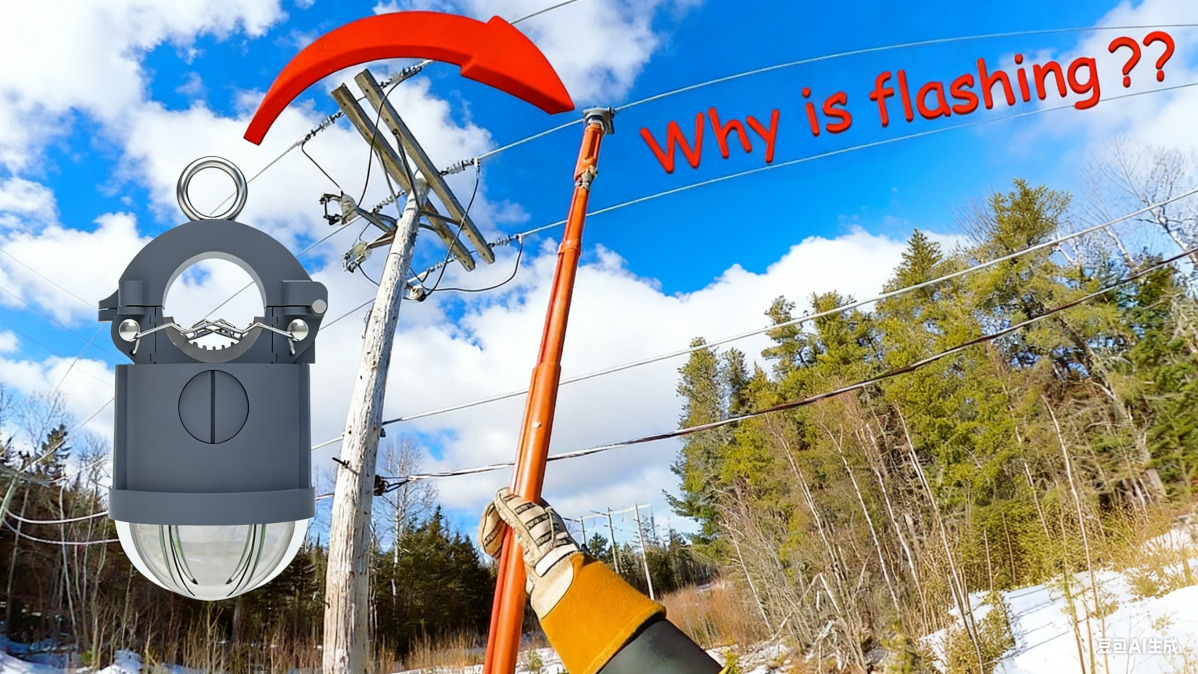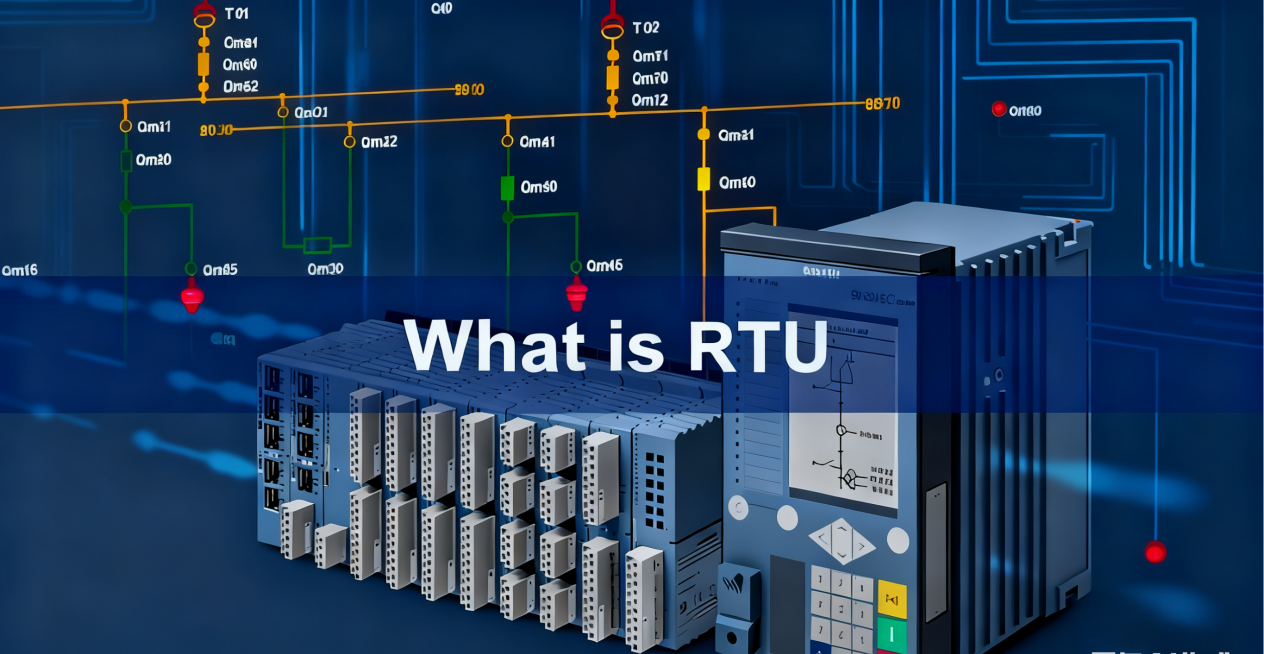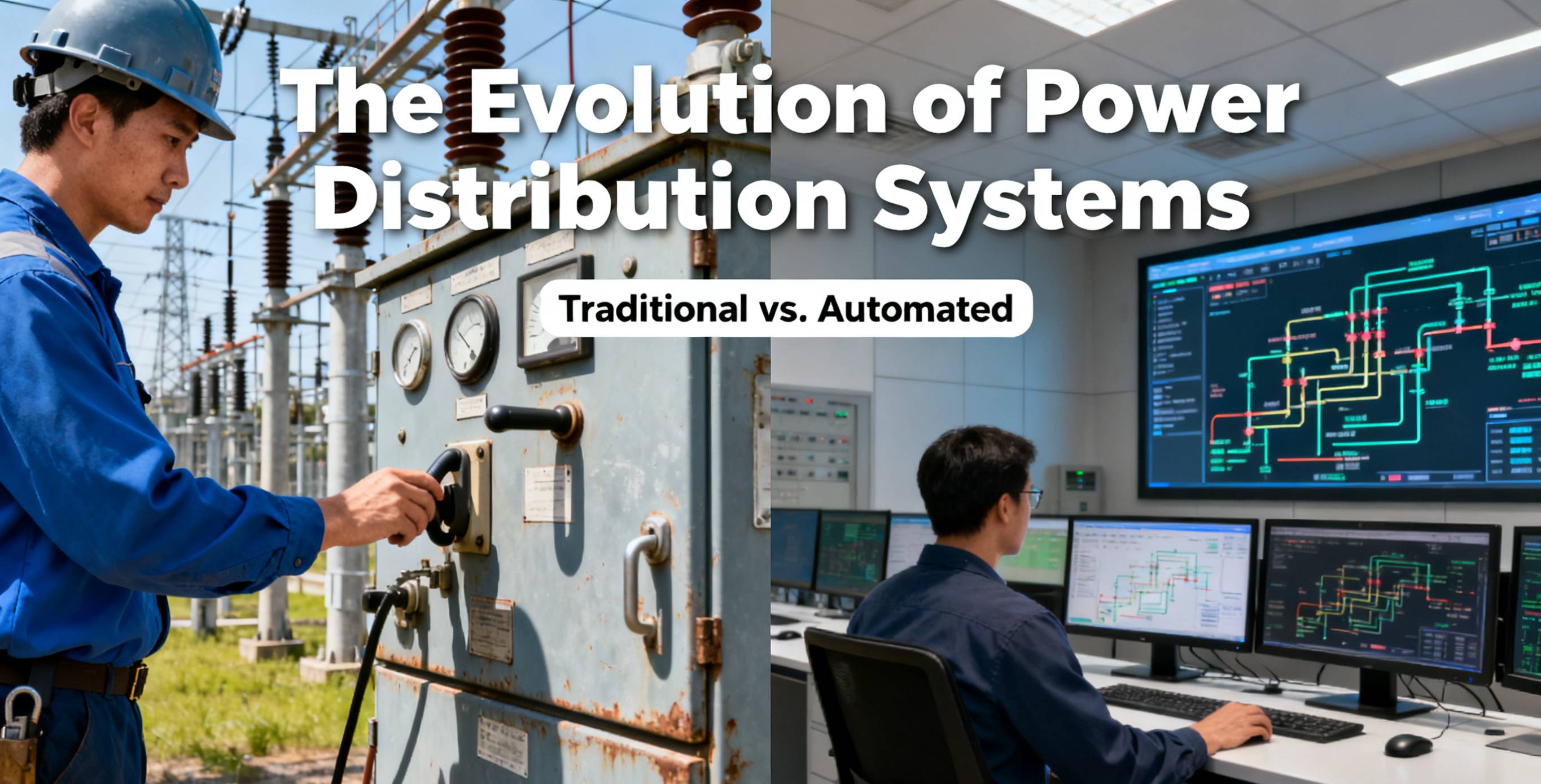News
5 Difference Between Traditional Distribution and Automated Distribution Systems
Date:2025-10-10
The power distribution network is the backbone of modern electricity supply, ensuring that energy generated at power plants reaches homes, businesses, and industries. Over the years, distribution systems have evolved from manual, labor-intensive operations to smart, automated infrastructures.
This article explores the main differences between traditional distribution systems and automated distribution systems, and why automation is critical for building a more reliable, efficient, and future-ready grid.
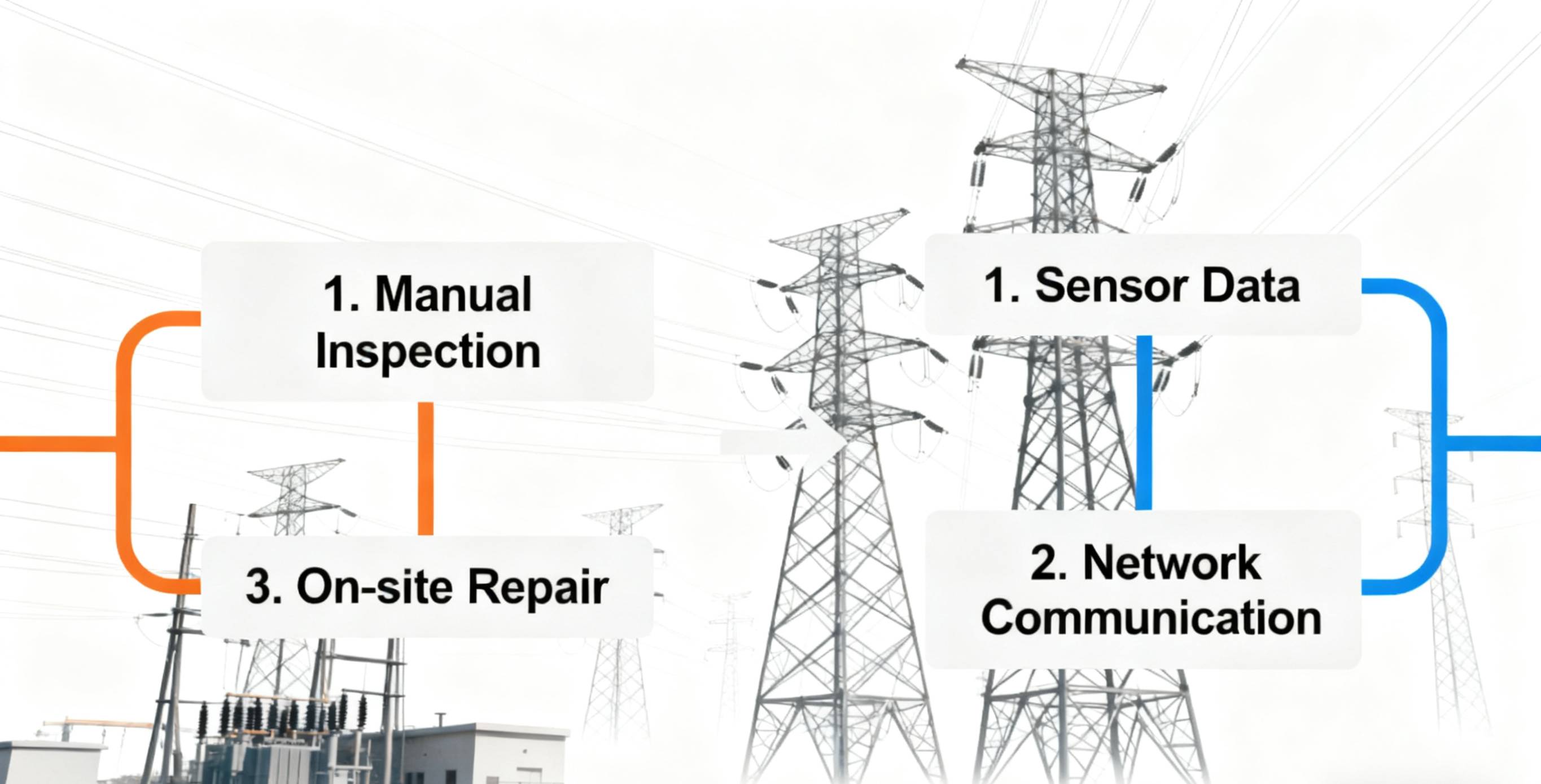
1.Operation and Control
Traditional Distribution Systems
· Manual operations dominate.
· Field workers must inspect and operate switches and breakers in person.
· Fault detection and restoration often require time-consuming site visits.
Automated Distribution Systems
· Equipped with sensors, Remote Terminal Units (RTUs), Fault Circuit Indicators (FPIs), and SCADA systems.
· Provide remote monitoring and real-time control.
· Faults can be detected, isolated, and restored automatically within seconds
2.Reliability and Outage Management
Traditional Distribution Systems
· Outages may last hours or even days depending on accessibility.
· Restoration relies heavily on manual crew deployment.
Automated Distribution Systems
· Enable self-healing networks that reroute power during faults.
· Reduce outage duration (SAIDI) and frequency (SAIFI).
· Enhance customer satisfaction with faster service recovery.
3.Communication and Data
Traditional Distribution Systems
· Limited or no real-time communication.
· Data collection is minimal, often relying on manual readings.
Automated Distribution Systems
· Utilize IoT, 4G/5G, LoRa, or fiber communication networks.
· Provide continuous data streams to control centers.
· Enable predictive maintenance and informed decision-making.
4.Efficiency and Energy Management
Traditional Distribution Systems
· Lack visibility of network performance.
· Higher energy losses due to manual operation and poor optimization.
Automated Distribution Systems
· Improve energy efficiency with voltage/VAR optimization.
· Support load balancing and demand response.
· Facilitate integration of renewable sources like solar, wind, and microgrids
5.Cost and Investment
Traditional Distribution Systems
· Lower upfront investment but higher long-term costs.
· Frequent outages and manual maintenance increase expenses.
Automated Distribution Systems
· Higher initial investment in devices, sensors, and communication.
· Long-term savings through reduced downtime and improved efficiency.
Conclusion
Traditional distribution systems have served the grid for decades, but their limitations in reliability, responsiveness, and efficiency are clear. Automated distribution systems, powered by smart devices and real-time communication, deliver greater efficiency, faster outage recovery, and better support for renewable energy integration.
For utilities and industries, transitioning to automated distribution is not just a technological upgrade — it’s a strategic step toward building a resilient and sustainable power grid.
How Four-Faith Power Can Help
At Four-Faith Power, we provide innovative solutions for distribution automation, including:
· Remote Terminal Units (RTUs) for reliable data acquisition and control.
· Fault Passage Indicators (FPIs) to quickly locate and isolate faults.
· Feeder Protection Relays to safeguard distribution networks.
· Advanced communication technologies (4G/5G, LoRa, NB-IoT) for seamless grid connectivity.
With years of expertise in smart grid solutions, Four-Faith Power helps utilities and enterprises worldwide build safer, smarter, and more efficient distribution networks.
Contact us to learn how our products can support your distribution automation projects.
RECOMMEND NEWS
RECOMMEND PRODUCTS
-
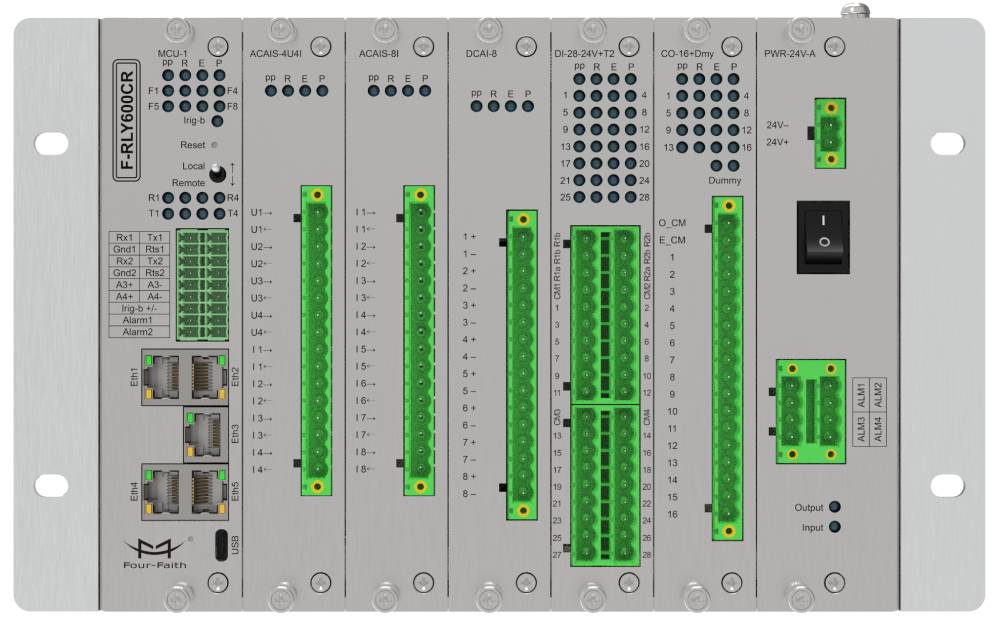
Remote Terminal Units F-RLY600CR
-

Intelligent Protocol Gateway F-DPU110-RK
-

Protocol Converter Gateway F-DPU100-RK
-

Industrial IP Modem F2X14-DK
-

Underground Fault indicator DYO-FF-FIS
-

Underground Fault indicator DYO-FF-FI
-

Hand-held Tool FPI-Hand
-

Hot Stick Tool
-

Four-Faith Fault Location System
-

Communication Unit JYL-FF-HX
-

Communication Unit JYZ-FF-HD
-

Flag Fault indicator JYZ-FF
-

Automatic Circuit Recloser F-ACR
-
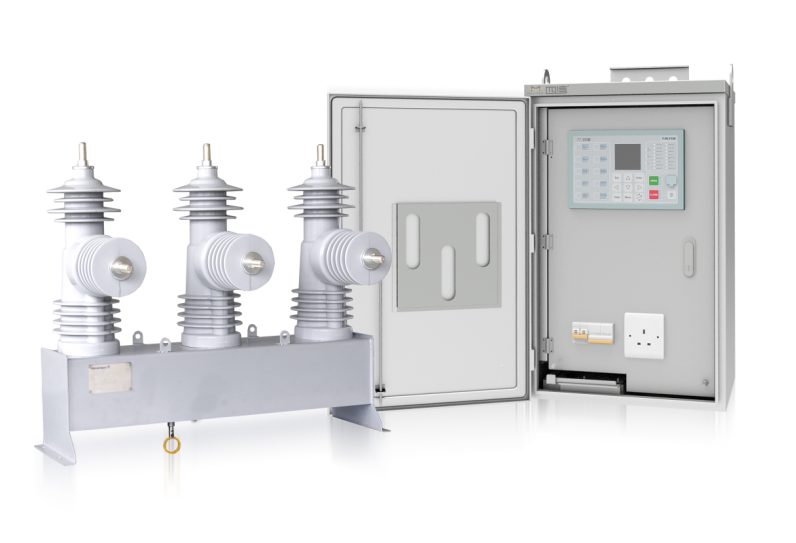
Feeder Terminal Unit F-FTU200
-

Feeder Protection Relay F-RLY100
-
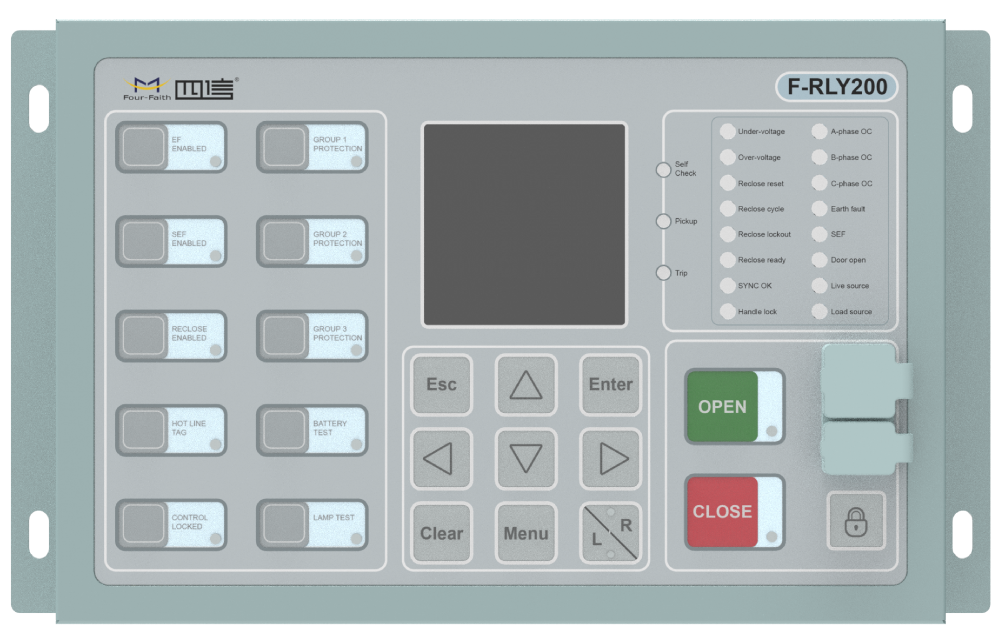
Feeder Protection Relay F-RLY200




















